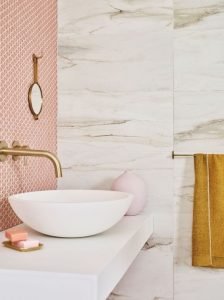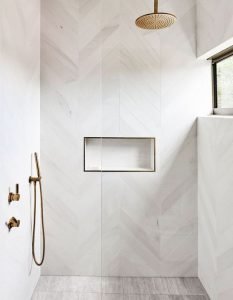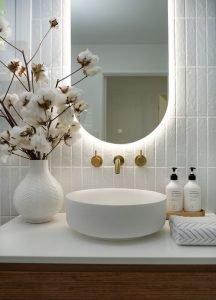The Ultimate Guide to a Bathroom Renovation
Save money, time & energy with the expertsThe Ultimate Guide to a Bathroom Renovation
So from basins to baths, taps to tiles, plumbing, and pipes, here is what you have to be considering when planning your bathroom renovation.

What is your budget?
A bathroom renovation can be hard on your budget as it requires the most amount of work. So you have to keep your eye on it so that additional costs don’t pile up, consider the following;
• How old is your home? Is the current bathroom to AUS Standard?
• Do you need to upgrade your hot water system?
• Consider flooring requirements?
• Do you need a bath?
• Are you future-proofing?
• Do you need heated floors?
Answering these questions will separate your needs and wants and allows you to set yourself a realistic budget for yourself.
If you are unsure about how much it will cost sit down with your designer, who can help you have a better idea of costs and assist in making a bathroom within your budget.
At the end of the day, you want a bathroom that you’ll love but won’t blow the budget; so consider this before you start pinning ideas on Pinterest.
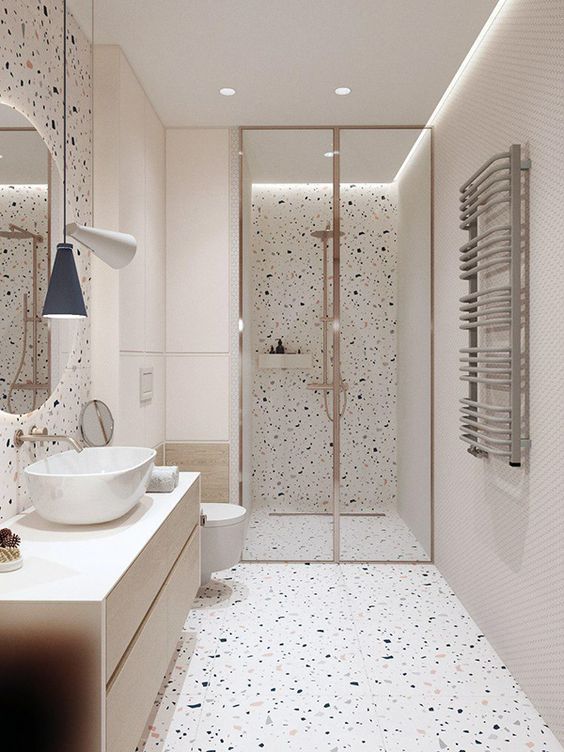
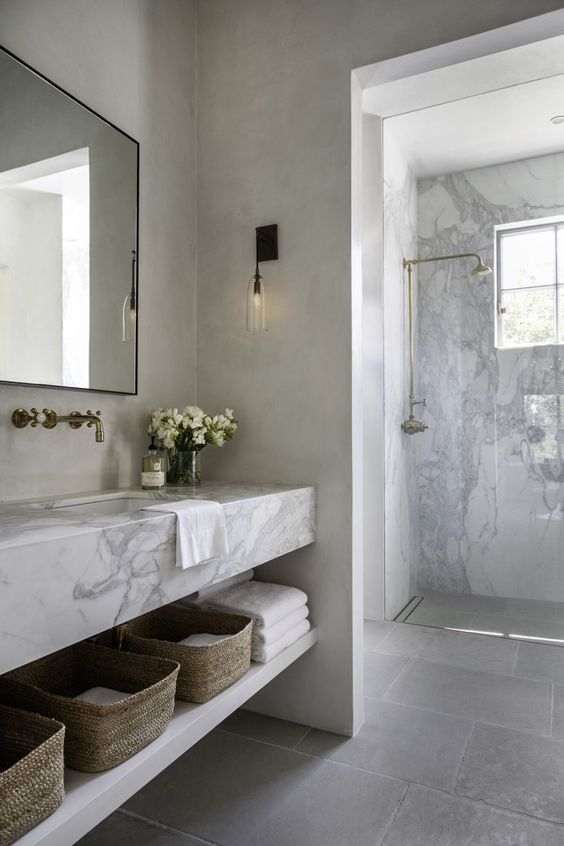
Design
Before you sit down with your designer, consider the atheistic you want to go with. We suggest creating consistency throughout your home, if the design of your home is a contemporary you can’t have a Hamptons style bathroom, these two designs clash with each other and can ruin the overall flow of your interior. Sit down with your designer and explain the design you would like so that they can make appropriate suggestions.
Beyond how it looks, the functionality may be the most significant aspect when designing your bathroom. Make sure that the bathroom isn’t over-crowded, that there is a sufficient amount of storage, consider what will be the first thing you see when you walk into the layout. Think through all of these when a design has been given to you. A good designer will consider all of this before finalizing your design, but it’s good to show them a few ideas before they start so that they have a clear idea of what you want.
We find that Pinterest is a great source, search ‘contemporary bathroom’ or ‘industrial style bathroom’, whatever fits your atheistic and save the ones you find the nicest and the most practical for you.
If you are doing all the bathrooms in your home, make sure the design you have chosen fits every bathroom. Again, consistency is the key to creating a flow throughout your home.
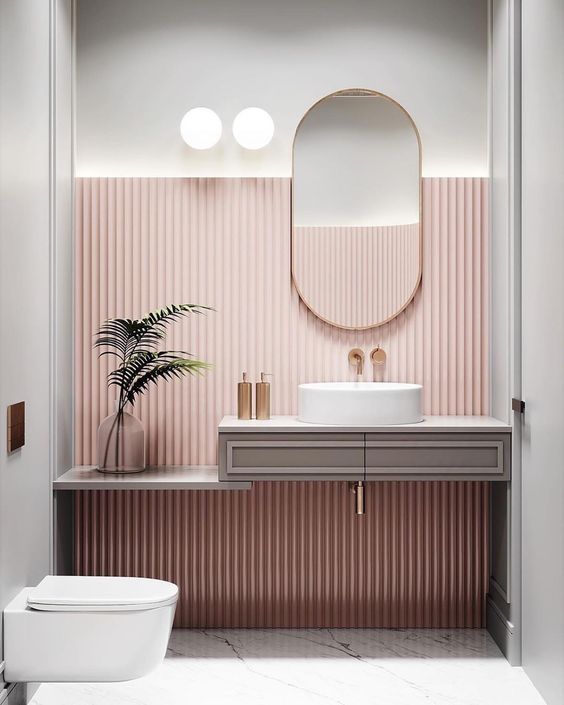
Starting the renovation
If you changed the layout of your bathroom you will also need to replace all plumbing and pipe fixtures, if you are keeping the existing layout this isn’t essential but if it is within your budget it is recommended; after all, you wouldn’t buy a new car and keep the engine of your trade-in.
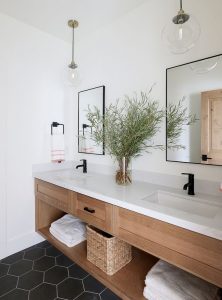
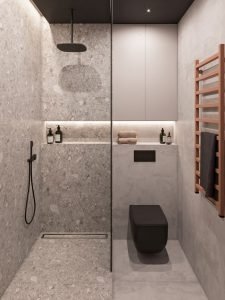
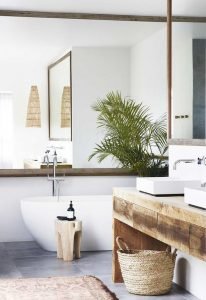
Don’t be shocked when your builder explains the waterproofing process, it can be timely and take up to two weeks. It’s better to be safe than sorry, so be sure that your builder is taking the right approach so that you aren’t faced with any nasty surprises in the future.
This is the stage where you see it all come together, tiling. Make sure that your tiler is reputable as this is a difficult task to complete and can be disastrous if done wrong. When choosing tiles think about durability, maintenance, and cleaning. Large tiles can make your space feel much bigger, consider a feature tile to add more of a design element to your bathroom, if your bathroom isn’t tiled from floor to ceiling it can look unfinished.
In the design stage, your designer should present a selection of tiles that work together for you to choose from.
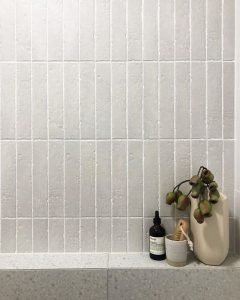
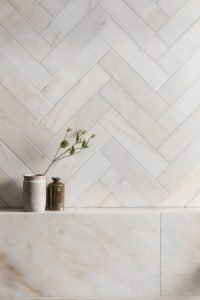
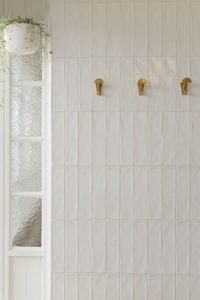
Bathtub: Bathtubs aren’t always essential in a bathroom but if you do choose to have one your looking at a $300-$800, depending on if you choose to go mid-range or premium.
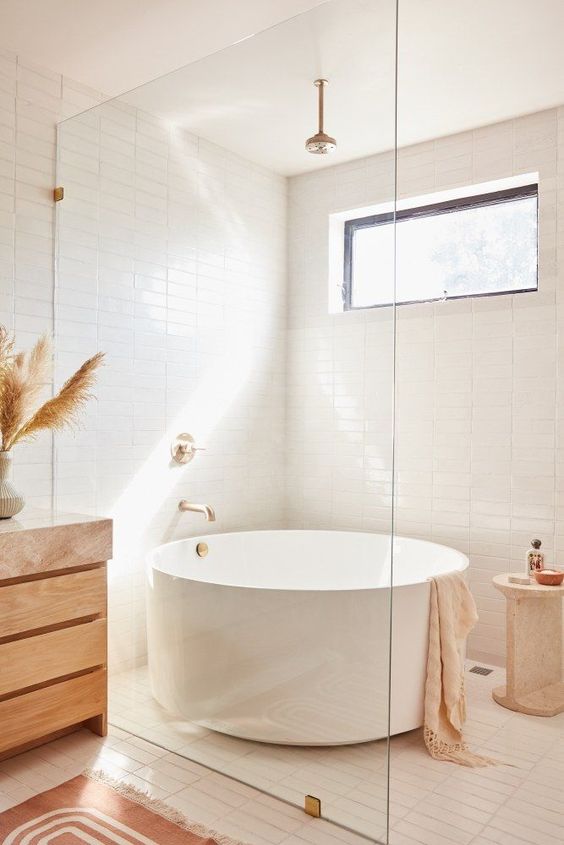
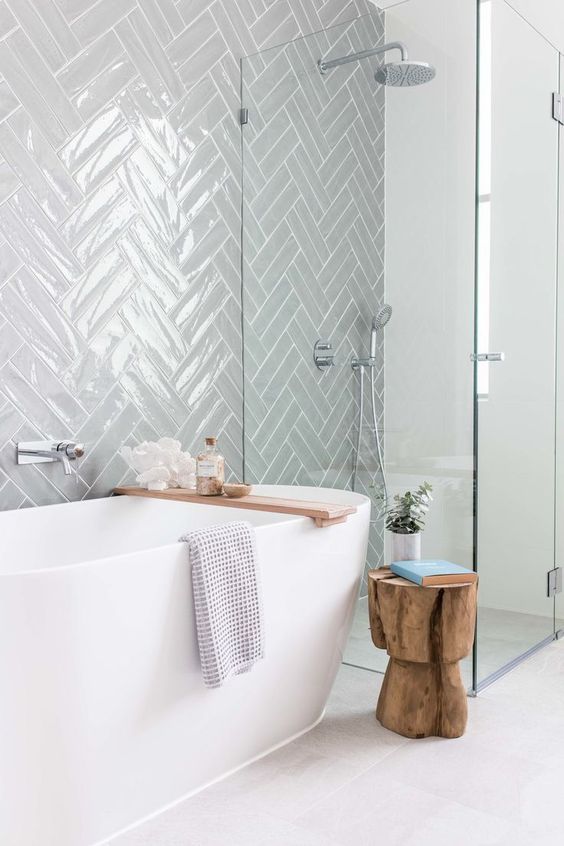
Tapware: There is a range of tapware available in the market, depending on the design you go with costs may vary. Mid-range tapware can be anywhere between $100-$300 but there are more premium options available that are priced between $300-$700
Basins: Generally, there are four basin designs; wall-hung, semi-recessed, above-counter, under-mount. Mid-range basins can cost anywhere between $150-$400, but you can also bet custom designs that are more in the premium range where you are looking at anything $400 and up.
Shower Heads and Taps: The market for this is a huge range and there are many designs. There isn’t a set price we can put for this one because they can be anywhere between $20 to $200.
